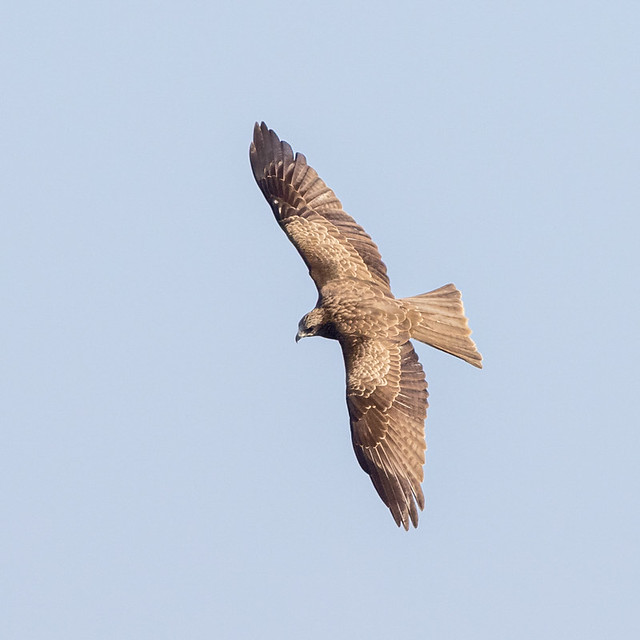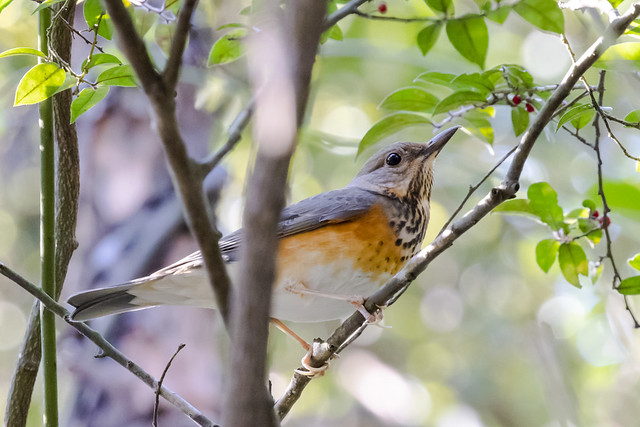My random thoughts on a month with the Canon R5. I am a totally amateur / hobby photographer with no commercial aspirations.
My views on the R5 have evolved over the time and that is common as I become more familiar with the camera. When I first bought it I had already researched how to set it up. Fortunately there is no shortage of videos on the internet explaining how to do so. It took me only a couple of hours. I don’t shoot video so I don’t worry about the overheating issue. At the time I bought it I was unaware of an issue with the camera freezing up. This happened the first time I took it out but it has not happened again in a month of reasonably heavy use. The freeze lasted about 30 seconds then back to normal. There seems to be no known fix yet. I have updated the firmware and this may have improved things, some of which I mention below.
A lot of media attention has been on the eye-tracking and this is excellent when it works. I have had some odd failures. It failed to locate the eye on a wild boar – possibly insufficient contrast. It failed to find the eye of a pipit – maybe the bird was too small or too distant but that was very disappointing. However when it works it is a wonderful aid and it has worked with larger birds and even with a Laughingthrush. So I would not buy the R5 just for the eye-tracking but when it works it is a real bonus. Typically it will track something using multiple focus points in a group and I am happy with the results.
I have experimented with different metering modes. I find it under exposes slightly across the board. However when I import to Lightroom Classic and activate the camera’s profile correction it seems to brighten the image slightly. Images look fine through the viewfinder (with image simulation selected) but they just look dull / maybe 1/2 stop underexposed on import. I have been using Jan Wegener’s video tutorials on You Tube and he has stopped using PS/LR as his RAW converter for R5 files. He is using Canon’s proprietary software and I have downloaded it to try. JW’s view was that Adobe renders the files dull / underexposed, confirming my impressions. DPP deals with this. It is just a very clunky suite which he describes as having a 1990’s feel to it. I agree. But until Adobe upgrades PS/LR to cope better with the Canon algorithms this may be a necessary evil. I played with a photo of a Laughingthrush and it imported looking very different. The Canon DPP file looks brighter and warmer. More experimentation required here but so far I have not gone to DPP full time.
I have a love hate affair with the electronic shutter. I actually like to hear the mechanical shutter, which is itself very quiet. Sometimes the very quiet click makes the bird look at the camera. However tracking birds in flight I found the mechanical shutter leaves me with blacked out moments in the viewfinder. I have the camera set to ’smooth’ and I don’t think this is good enough. When I use the electronic shutter I sometimes forget to check what drive speed I am set to and end up taking ’stills’ in High Speed mode. That’s just user error / laziness. After lots of experimenting with both modes I have gone back to mechanical and we’ll see how it goes for birds in flight.
Battery life sucks if you use the screen. I was getting about 350-400 frames per battery. So I carry 2 spare new higher power batteries and happily old 5D batteries fit too. However with the screen folded in and no regular review I managed over 1500 images with a single battery charge and 11% capacity left. You can read this off the menu and it resets to zero each time you charge it. I don’t remember if my old 5D3 had this information but anyway it seems I could expect upwards of 1600 shots per charged battery. This is quite acceptable. The answer seems to be if you check settings a lot, chimp a bit and shoot single frames then battery life is poor. If you have the camera set up and don’t need a lot of changes, don’t chimp and shoot bursts then the battery life is fine. So far 2 batteries will see me through a day without a problem.
The body is light and fits easily in a small backpack with my 100-400mm mk II lens attached. At times I find the body too small and I may yet opt for a battery grip just to bulk it up. The * button and the AF point selection button are too small and close to the edge for me. Colour rendition is good but there is no matching camera profile in PS/LR. Using my 100-400mm mk II lens I get exceptionally sharp, clean images. And of course that means I am using the adapter to attach my EF lenses. This is quite simply superb – I am never aware of any lag and indeed I suspect the AF is faster than on my 5D3 without an adapter. I have the control ring adapter but I am not sure it is worth it. Using a long lens it is very uncomfortable trying to adjust the adapter because you end up having both hands close to you leaving the lens unsupported. With a tripod or short lens this would not be an issue. I am slowly adapting my technique as this is useful.
I set my adapter to adjust the AF method. I previously had this set to ISO but there realised the Mode button outer ring is already programmed to do this! A case of RTFM, I suppose. AF is generally outstanding. I back-button focus and set the * button to AF tracking so I can switch rapidly between the spot and tracking. High ISO is a massive upgrade on all my other cameras including the Fuji. I have no problem shooting at ISO 6400 and have my ISO set to auto, 100-12,800 and I trust the camera still to give me great files. This is so good its almost worth buying just for this performance upgrade. (I wrote this after 2 weeks and I am still impressed). I expose to the right and push the shutter speed up, trusting the ISO is manageable. I have moved to fully manual now with the R5. So I set the aperture, ISO and adjust only the shutter speed or, if I know I need higher shutter speeds I set aperture and TV and adjust the ISO. I only ever have to move one dial.
The files are 45megapixels and can be heavily cropped and still produce good detail. No complaints here. I photographed a Crested Goshawk high in the sky and it was very small in the frame. The detail exceeded my expectations. My Fuji would never have given me this sort of result.
You do need a high speed / capacity card and one of the two slots takes only a CFexpress card. I needed a new card reader too. Annoying. But they write super fast and have no buffer problems. The viewfinder is large and bright – another improvement. I find the VF big enough to be useable for adjusting settings without having to flip the screen out. It has a built in 1.6x crop mode.(I keep forgetting this but it is useful). With a 1.4x TC attached this gives me 896mm of reach. I use the DoF button to activate the AF options. Usually it is set to servo. With the zoom attached the body feels too light and the combination is a bit front heavy. I would hate to use a long prime on this body without a tripod. The articulated screen is going to be very useful for macro.
So do I recommend the R5? If you want to go mirrorless, yes. But be aware of the quirks. I won’t be going back to my 5D3 in a hurry but I will probably keep it for night time shooting of moths where I would be concerned about having to change batteries at a bad time.
Here are some examples of my shots.






